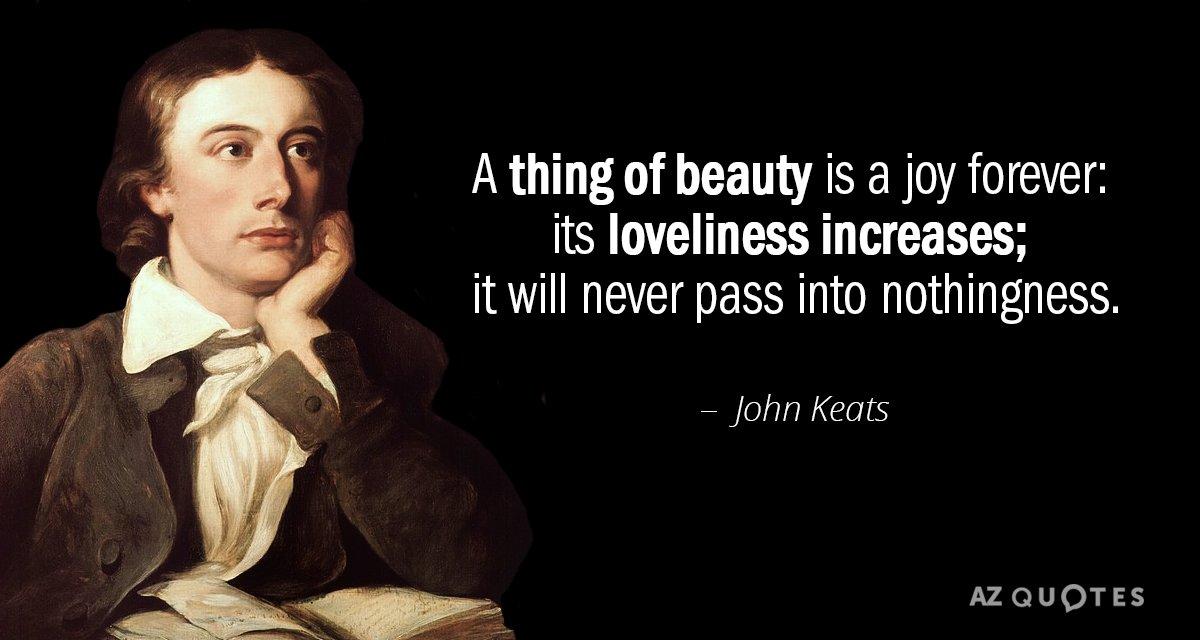Author: Asad Imran
Introduction
Poetry conveys ideas drive through verse, form and meter. Poetry from different eras differs from each other in style, subject matter, selection of diction and figurative devices. So far, in Sargodha University, a common (private) student notices two significant eras in poetry. The first one is the classical era of poetry and the second one is Romantic era of poetry. For most parts, classical and romantic poetry differ from each other. Before drawing a small comparison between the two significant eras of poetry, first, we have to trace when was Romantic era was put into motion.
An Analysis of Romantic Poetry
The Romantic Age began in 1798 and ended in 1824 as an answer to classical set of rules and literature. The word “Romantic” has been derived from a word “Romance” referring to the stories written in the Roman language. Romantic literary means something which is remote to the realities of life. However, Romanticism is a common term used in literature signifying the influence of Romantic traits in literature. The romantic traits include like:
Adherence to Subjectivity (Personal Emotions)
Importance of Natural Imagery
Imagination at its Peak
Use of Simple Language
Love for Freedom and Rebellious Outlooks
Escapism
Among the Romantic poets, we may include:
William Blake
William Wordsworth
Samuel Taylor Coleridge (Both of them began the Romantic Movement through the publication of lyrical ballads)
Lord Byron
John Keats
Percy Bysshe Shelley
Now, it’s time to critically evaluate the traits of Romantic Poetry, one by one.
Adherence to Subjectivity
The chief feature of Romantic Poetry is the adherence to subjectivity. To simply put, the presentation of personal emotions is the defining trait of Romantic Poetry. The idea of the development of personal emotions is favoured by Wordsworth as he calls poetry “a spontaneous overflow of powerful emotions recollected in tranquillity (peaceful isolation). ” For instance, John Keats’ “When I Have Fears” is a poem in which the poet has utilized his personal emotions of fear.
Importance of Natural Imagery
A Romantic poem is incomplete without the inclusion of Nature in it. Shifting from the classical values, the Romantics turned their imaginative eyes to the rural areas which were characterized for the natural beauty in them. Every Romantic poet is directly or indirectly, a poet of Nature for he portrays the crowd of trees in the forest, the flow of water in a river or the bewitching moonlight illuminating a mountain, as they actually are or he adds more beauty through his imaginative lens. Wordsworth is a worshipper of Nature as he finds living divinity in it,
These waters, rolling from their mountain-springs
With a soft inland murmur.
Imagination at its Peak
In Romantic Poetry, the use of imagination plays an important role in amplifying the aspect of the beauty of both the concrete and the abstract. Samuel Taylor Coleridge is the master of creating vivid worlds which are the outcome of intense imagination. For instance, he establishes the dazzling and beautiful image of the palace built by Kubla Khan in the fictitious city of Xanadu,
In Xanadu did Kubla KhanA stately pleasure-dome decree:
Where Alph, the sacred river, ran
Through caverns measureless to man Down to a sunless sea.
So twice five miles of fertile ground
With walls and towers were girdled round;
Use of Simple and Familiar Diction
Romantic Poetry was written for the common people. Therefore, to make it appealing for the general masses to read, Romantic poets decided to use simple and familiar diction. The simple poetry is considered to be a representative of the common people or the working class. It is true for the poetry of William Blake. His use of diction is extremely simple and his poetry revolves around the plight of common people like chimney sweepers and black people,
When my mother died I was very young,
And my father sold me while yet my tongue
Could scarcely cry ” ‘weep! ‘weep! ‘weep! ‘weep!”
So your chimneys I sweep & in soot I sleep
Love for Freedom and Rebellious Outlooks
The romantic Movement was greatly influenced by the French Revolution. Therefore, the love for freedom and rebellious behaviour towards the authorities as well as the classical values is prevalent in Romantic Poetry. Shelley is the moat rebel of the bunch. He is against the captivity of religion and authority. Through his Ode to the West Wind, he wants to spread his ideas of freedom through the mighty West Wind,
Make me thy lyre, even as the forest is:
What if my leaves are falling like its own!
The tumult of thy mighty harmonies
Will take from both a deep, autumnal tone,
Sweet though in sadness. Be thou, Spirit fierce,
My spirit! Be thou me, impetuous one!
Escapism
The industrial revolution was about to begin when the spell of Romantic Poetry was on the horizon. Cities were gradually becoming busy and materialistic places to earn a livelihood. It was fatiguing both mentally and physically. Therefore a temporal escape from the fatiguing realities of life was mandatory. Romantics used poetry as a means of the escape and Keats was the best. In his Ode to Nightingale, he requests Nightingale for his escape into her realm of solace,
Away! away! for I will fly to thee,
Not charioted by Bacchus and his pards,
But on the viewless wings of Poesy,
Conclusion
Conclusively, Romantic Poetry is the poetry for the people, by the people to relieve themselves with the pains of their surroundings, in a language characterized by simplicity and imagination.

